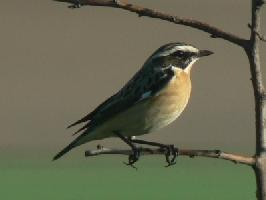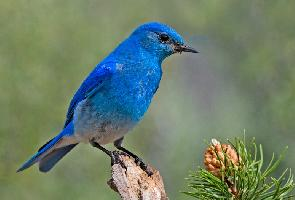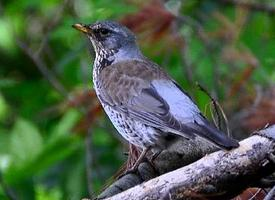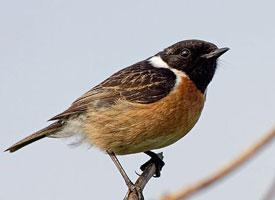
Állatleírás
The Whinchat (Saxicola rubetra) is a small, delightful passerine bird that belongs to the family Muscicapidae, which is known for its array of Old World flycatchers. This species exhibits a charming blend of colors and behaviors that make it a fascinating subject for birdwatchers and ornithologists alike. Predominantly found across Europe and Asia, it migrates to sub-Saharan Africa during the winter months, showcasing an impressive adaptability to diverse habitats.Adult Whinchats are characterized by their distinctive plumage. Males, especially in their breeding attire, display a striking pattern. Their heads are adorned with a bold white supercilium (eyebrow-like stripe) that contrasts sharply against their blackish facial mask, extending from the lores (the regions between the eyes and bill on the side of a bird's head) to the ear coverts. The crown and nape blend into a warm brown, complementing the rich chestnut patches on their flanks. Their backs are a mixture of brown and black, creating a mottled effect that serves as excellent camouflage in their natural habitat. The underparts are pale, providing a subtle contrast to the more vivid upper body. The tail is notably black with conspicuous white edges, a feature that becomes particularly prominent during flight.
Females and juveniles are somewhat more subdued in their coloration, lacking the male's stark contrasts. Their overall plumage is dominated by shades of brown and buff, with less pronounced facial markings. However, they retain the characteristic tail pattern, which aids in identification across all sexes and ages.
Whinchats have a body length of about 12-14 cm (4.7-5.5 inches) and exhibit a robust and upright posture when perched. Their diet primarily consists of insects and other small invertebrates, which they adeptly catch either on the ground or in mid-air, demonstrating their agile flying skills. During the breeding season, they prefer open habitats with ample vegetation, such as meadows, heathlands, and light forests, where they can find both food and suitable nesting sites. The nest itself is a well-concealed cup of grass and moss, placed on the ground and often sheltered by a tuft of grass or a small bush.
The song of the Whinchat is a pleasant mix of short, melodic phrases interspersed with trills and sometimes mimics the calls of other bird species. Their vocalizations play a crucial role during the breeding season, serving to attract mates and establish territories.
Conservation efforts for the Whinchat focus on preserving their natural habitats, which face threats from agricultural intensification and land development. Although currently not listed as endangered, their populations have experienced declines in certain areas, highlighting the need for ongoing monitoring and conservation actions.
In summary, the Whinchat is a captivating bird species with a distinctive appearance and intriguing behaviors. Its annual migratory journey and adaptability to diverse environments underscore the resilience and complexity of these small birds, making them a subject of enduring interest and admiration in the avian world.
Hasonló állatok
Új állatfotók
Top 10 állat
- Dolphin gull (Leucophaeus scoresbii)
- Diana monkey (Cercopithecus diana)
- Japanese macaque (Macaca fuscata)
- Stone loach (Barbatula barbatula)
- Galápagos tortoise (Geochelone nigra complex)
- Moustached guenon (Cercopithecus cephus)
- Russian tortoise (Testudo horsfieldii)
- Common house mosquito (Culex pipiens)
- Japanese spider crab (Macrocheira kaempferi)
- Giant peacock moth (Saturnia pyri)


